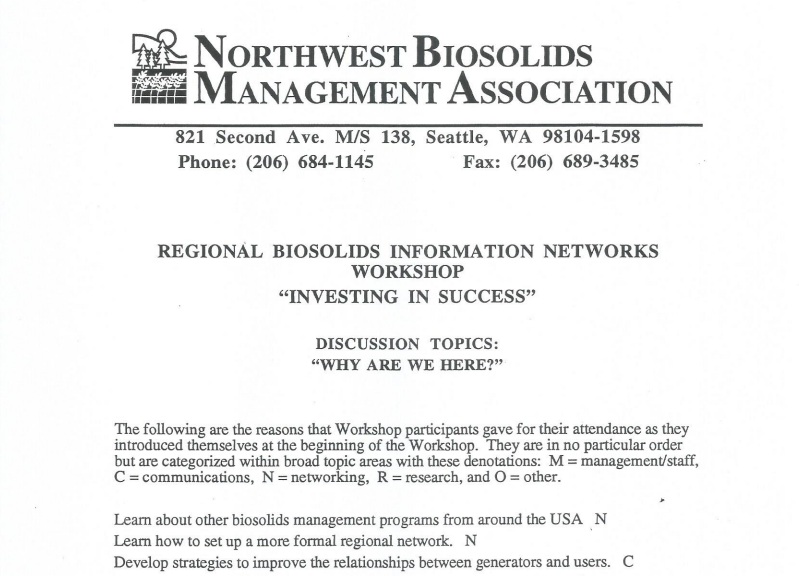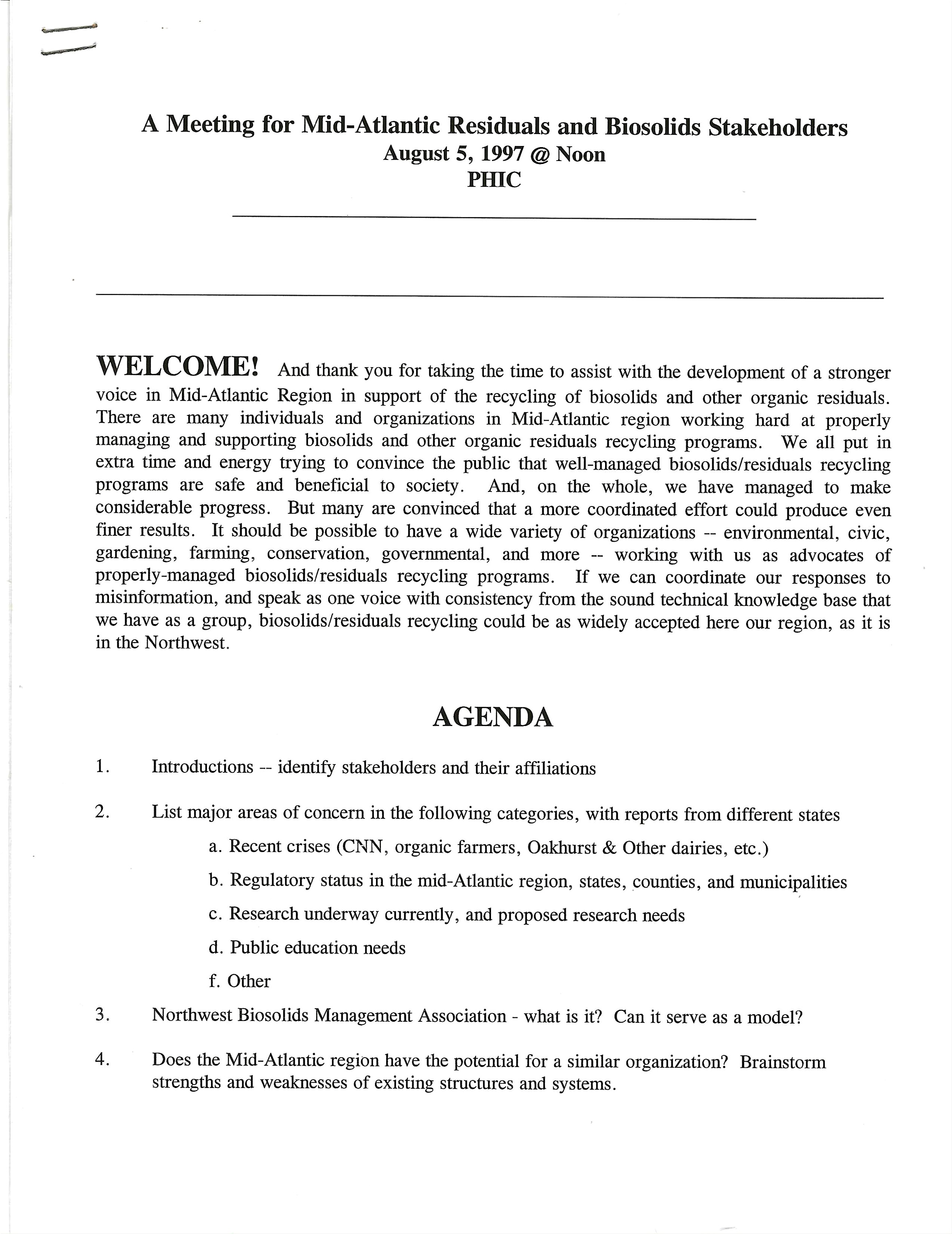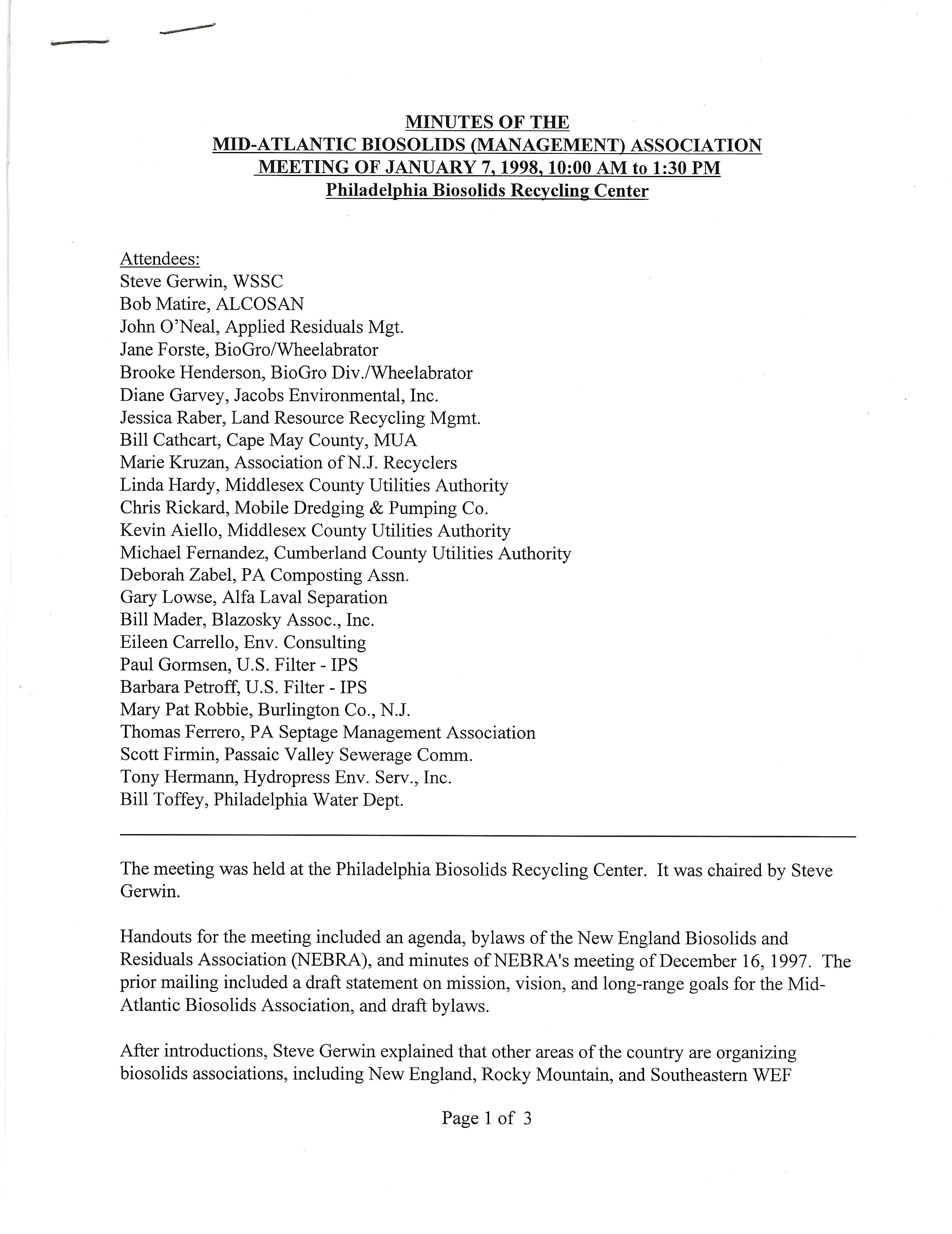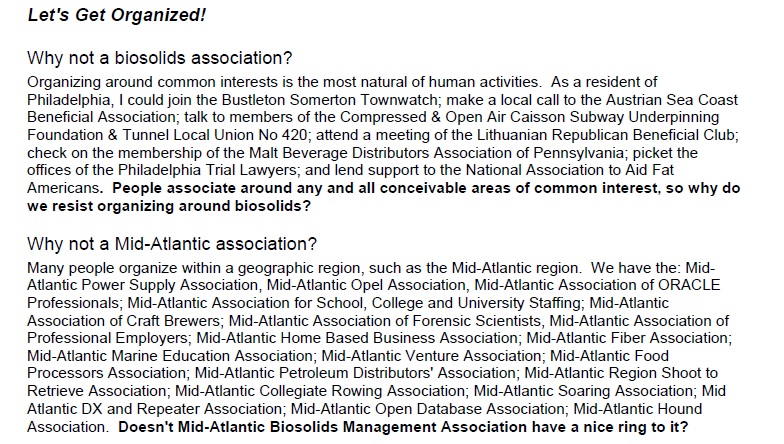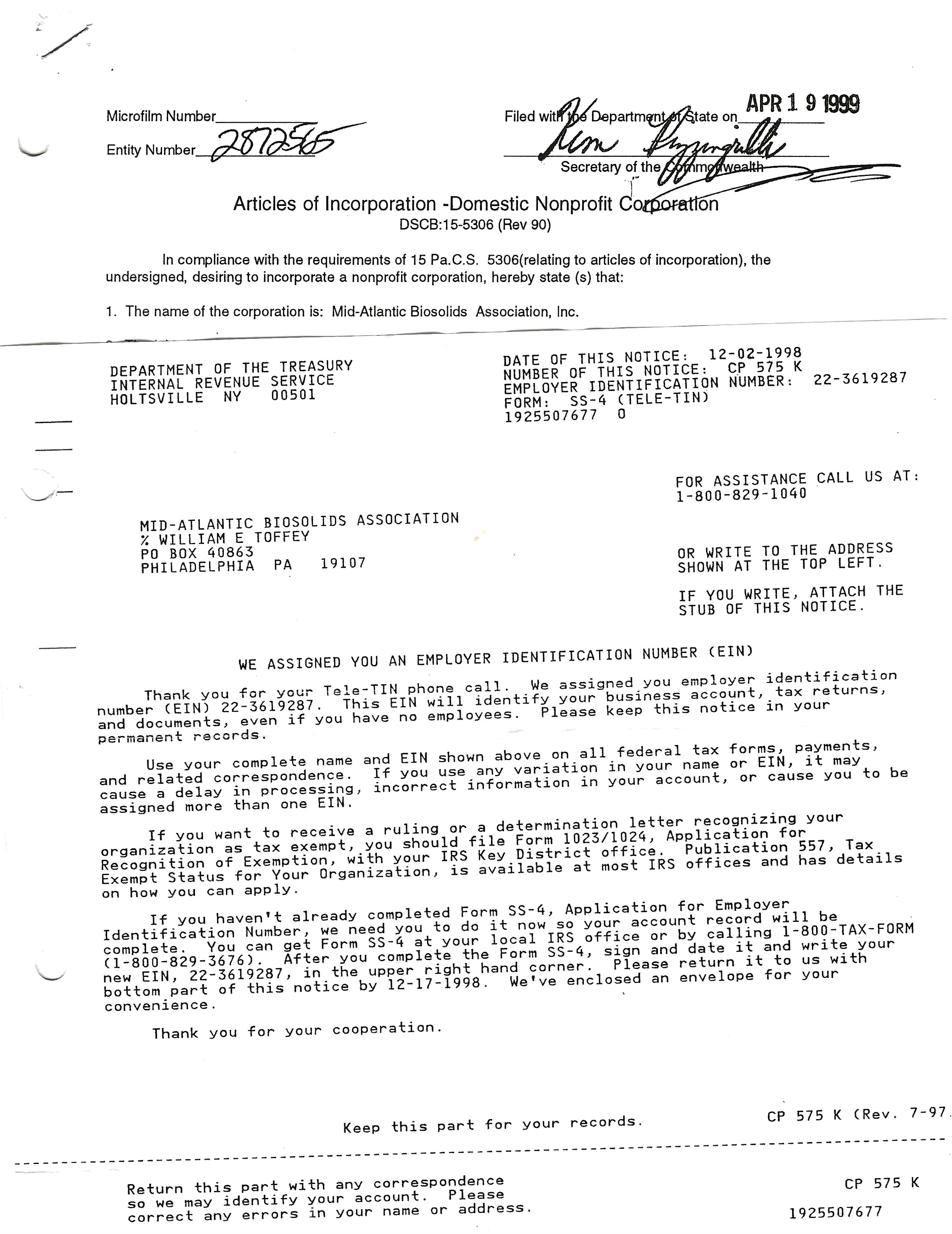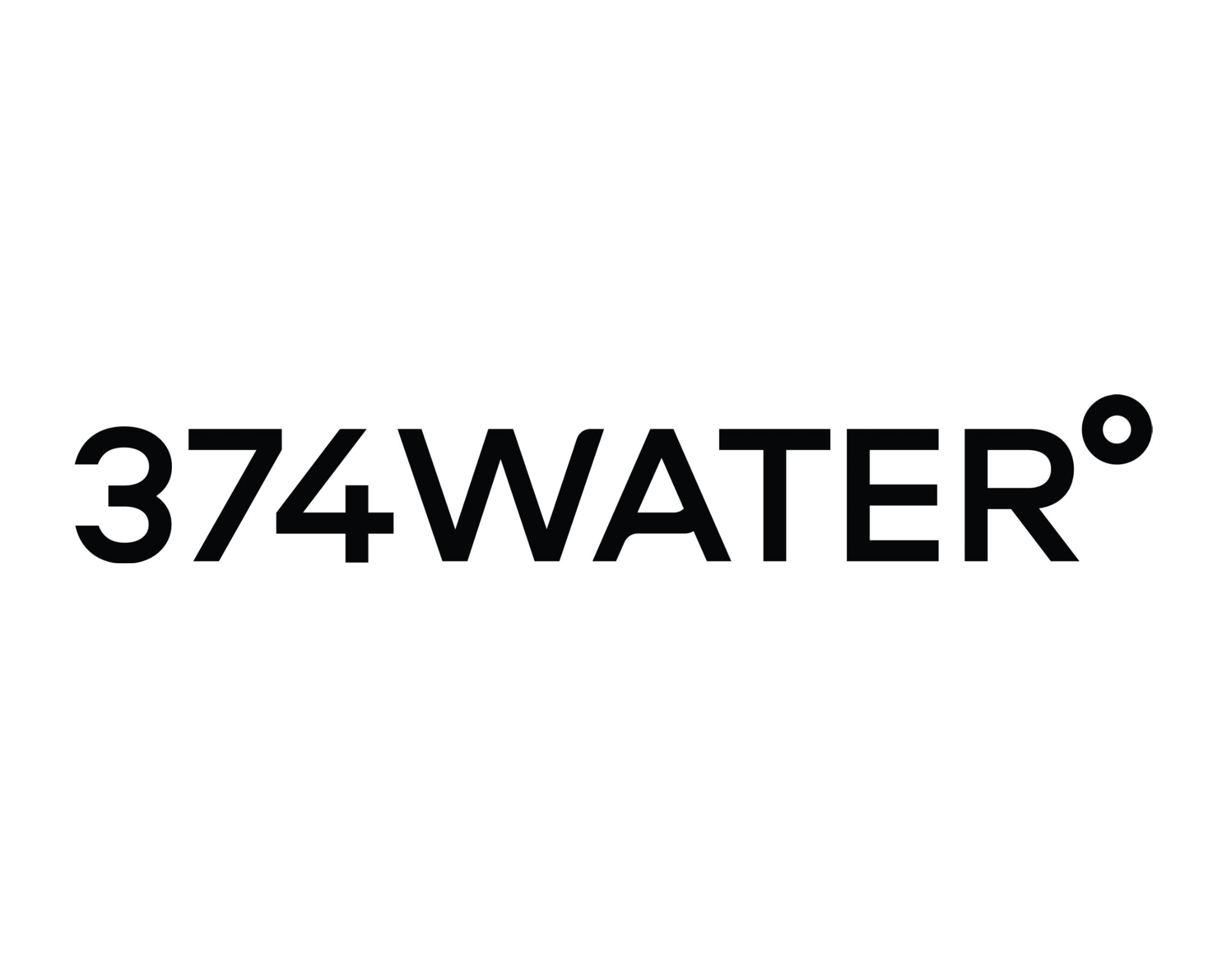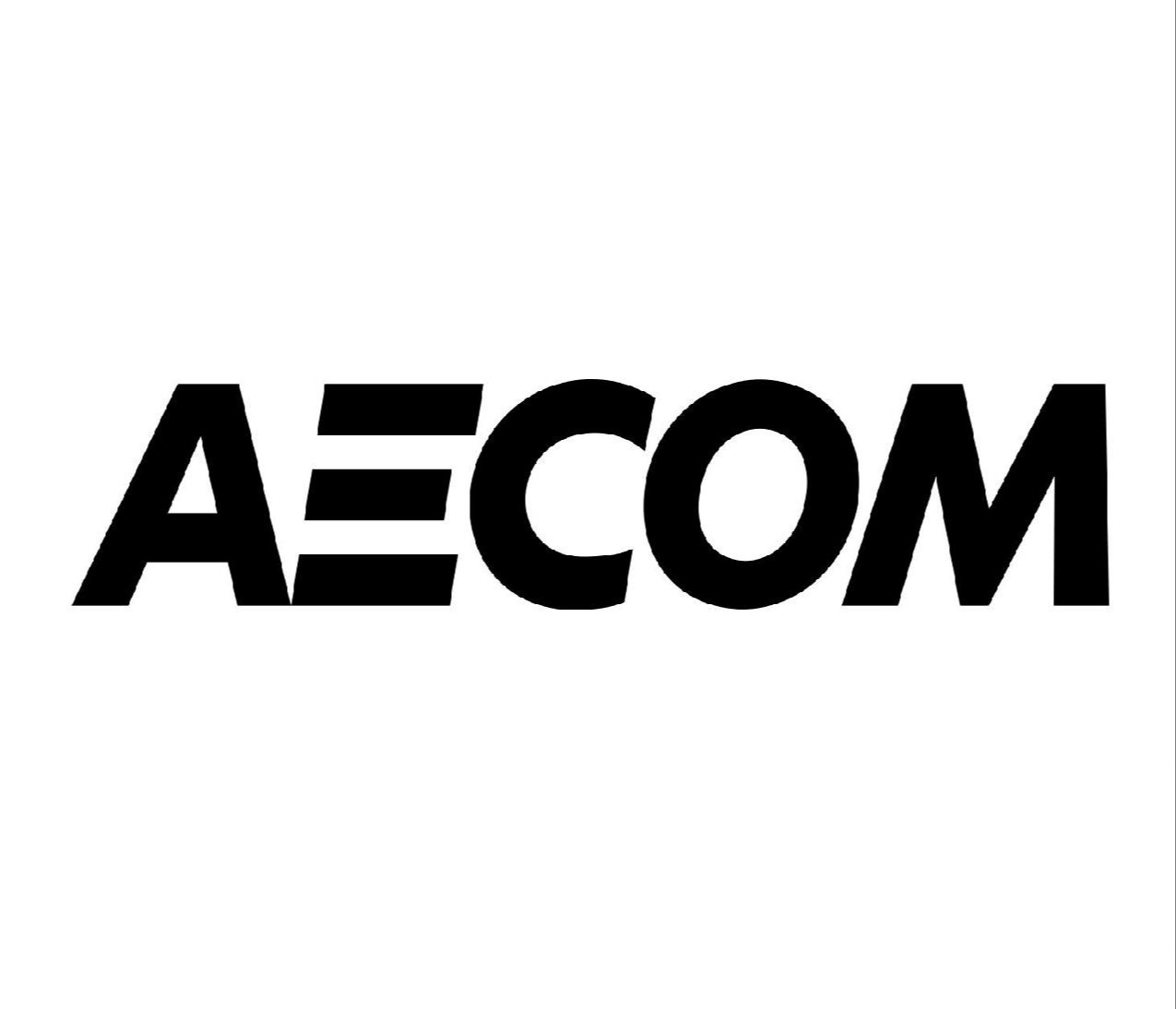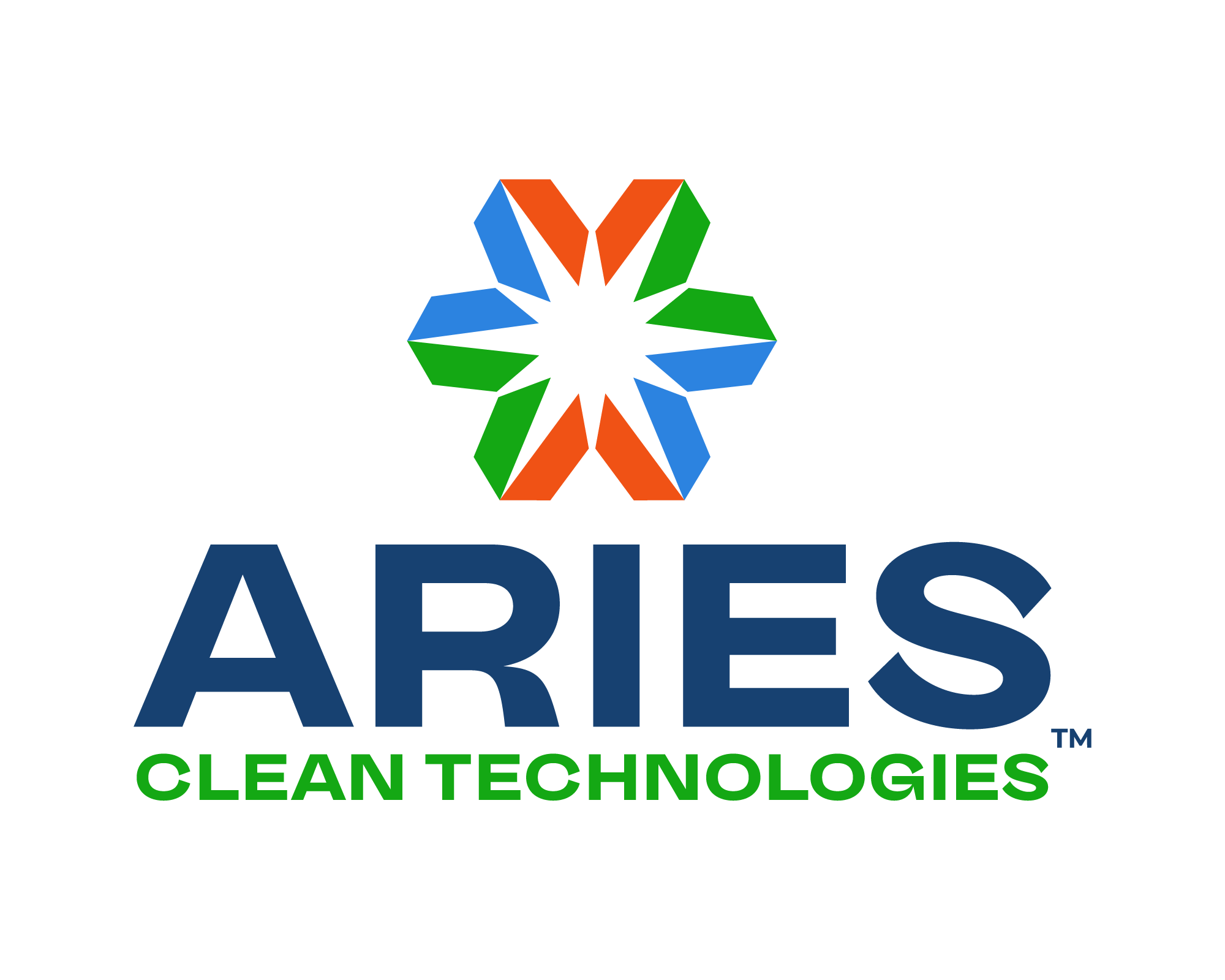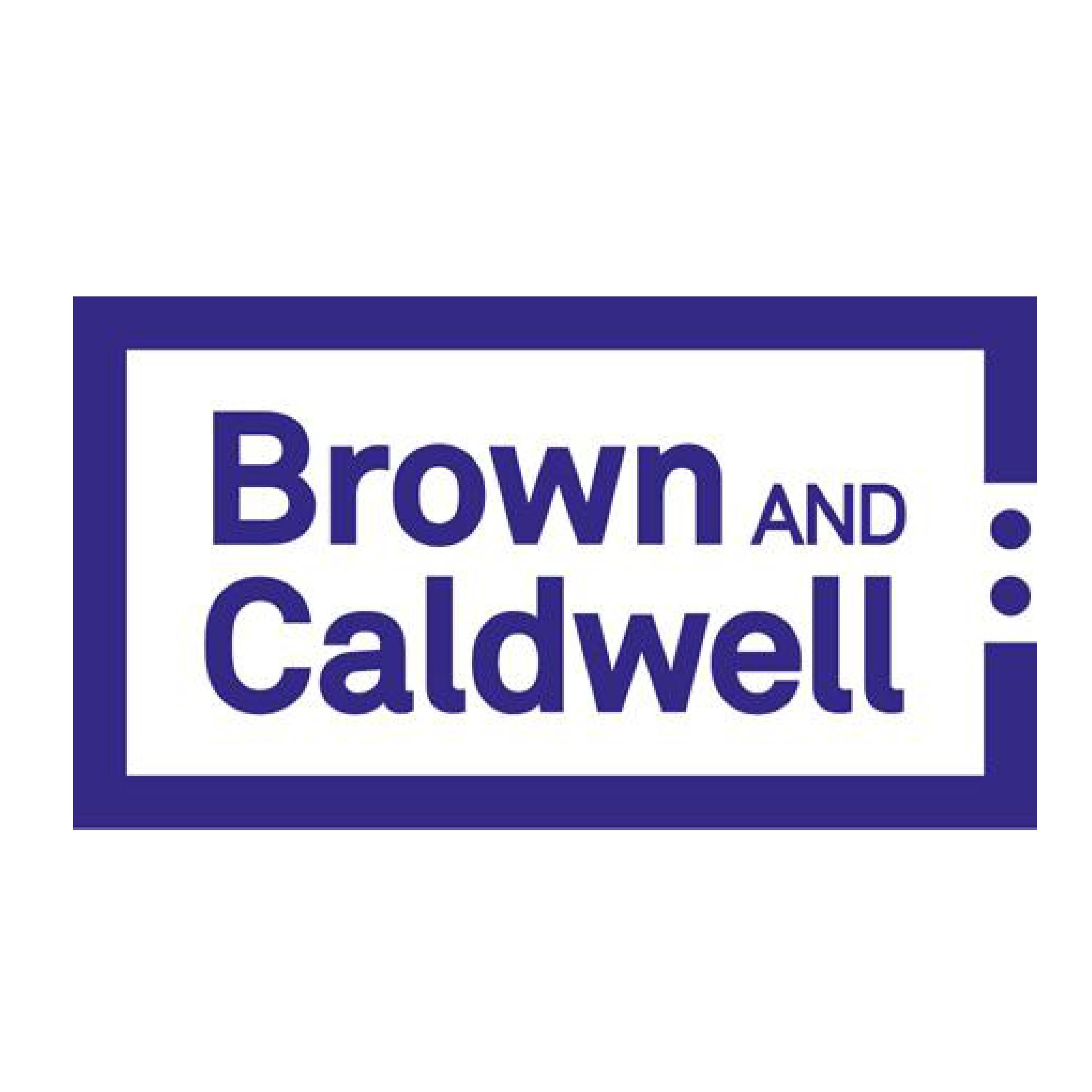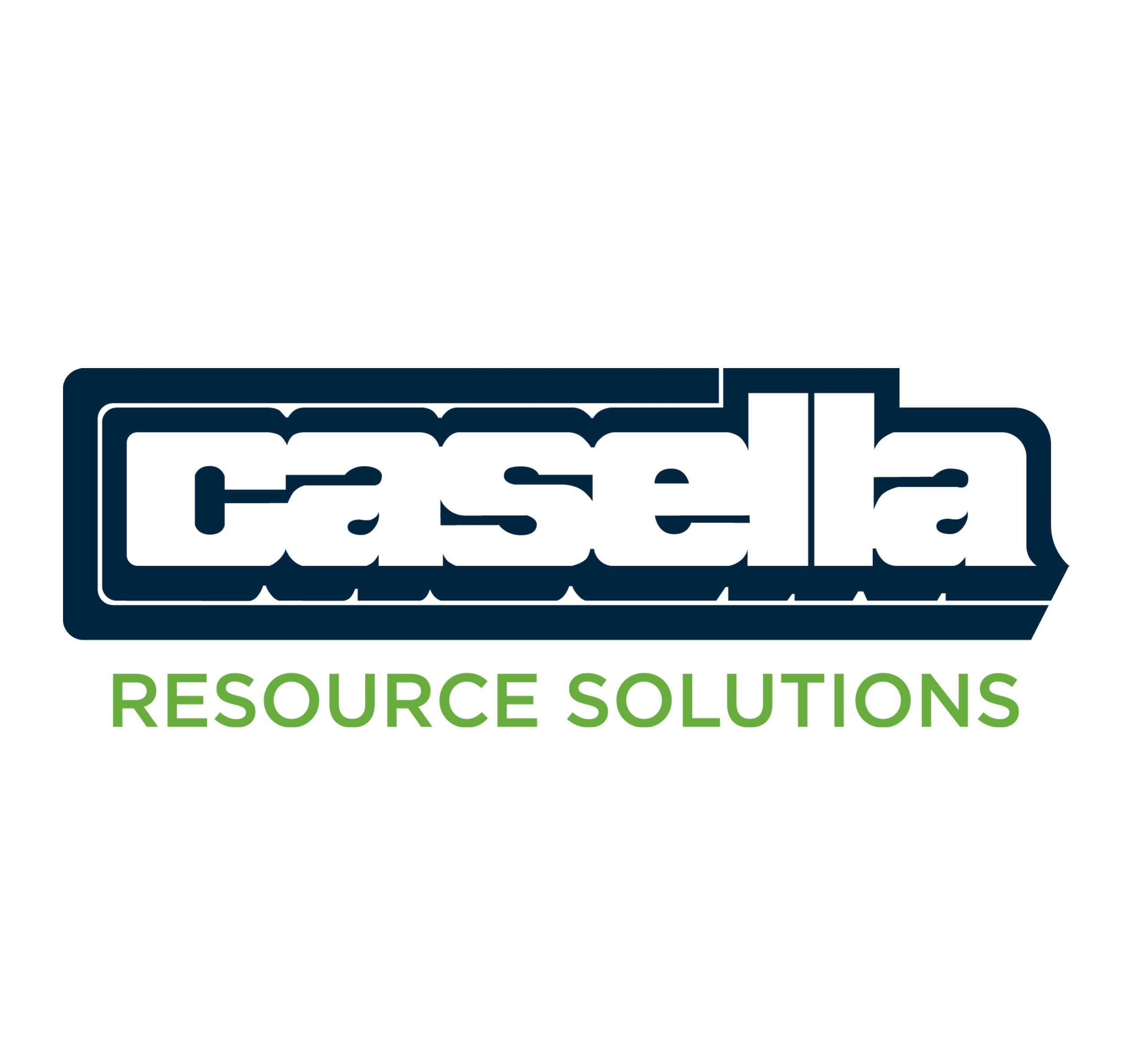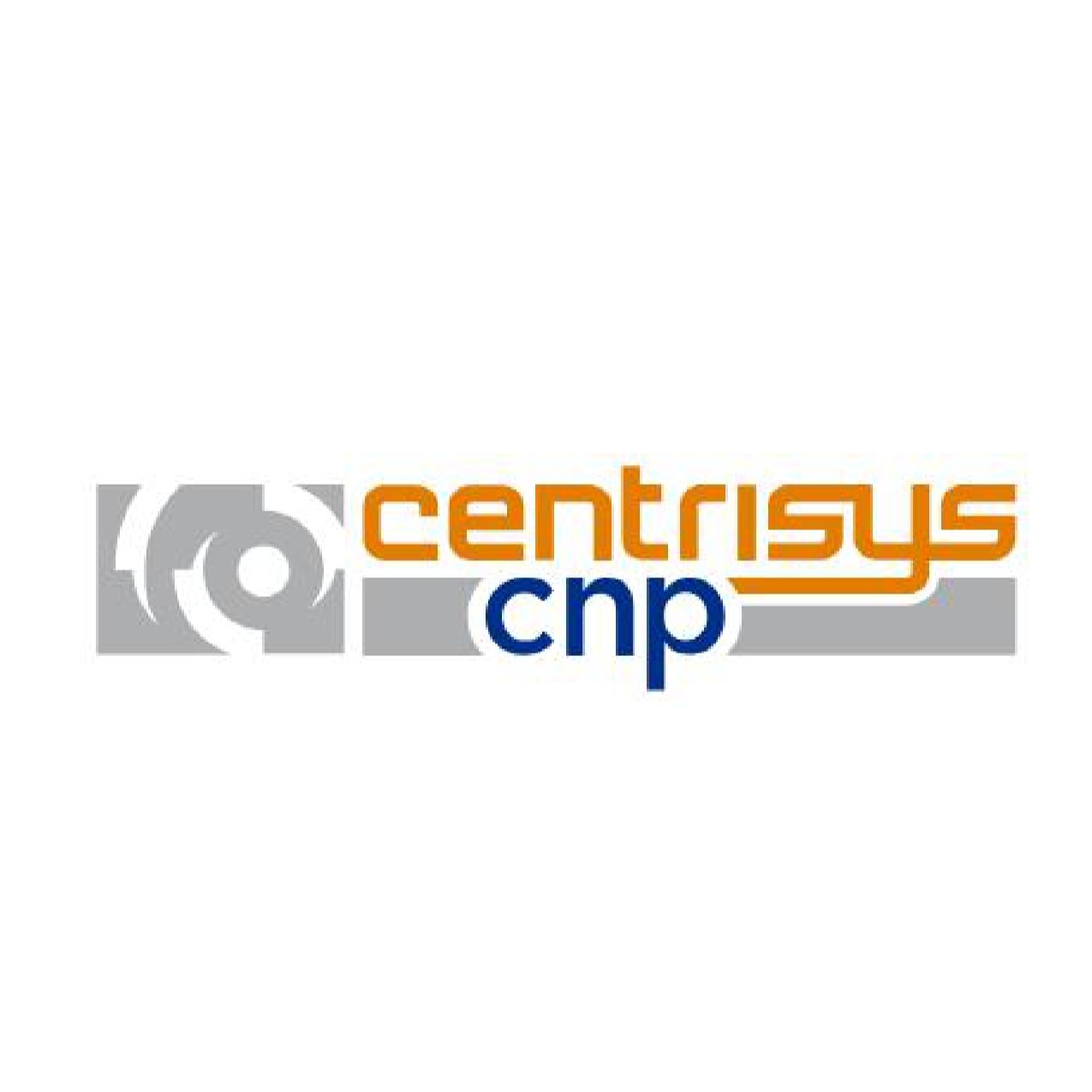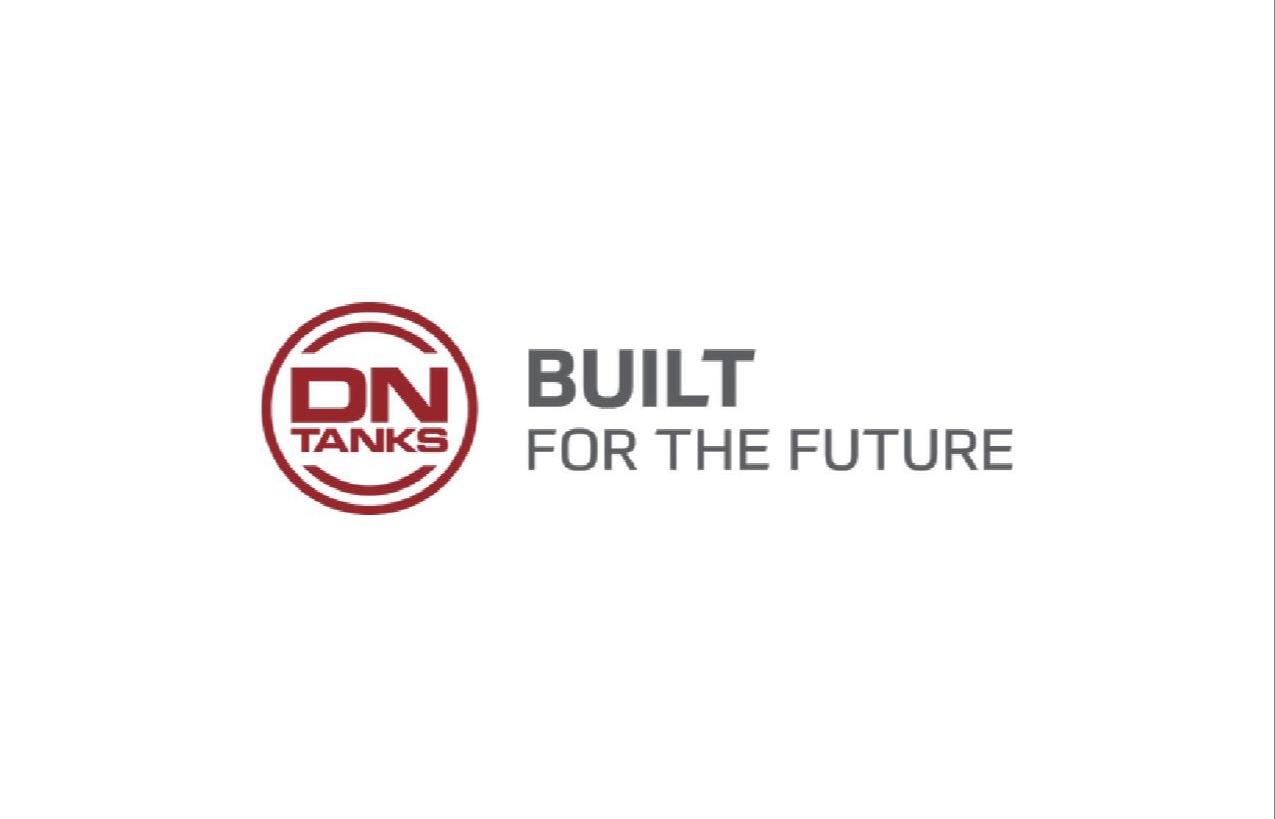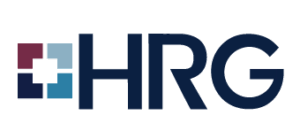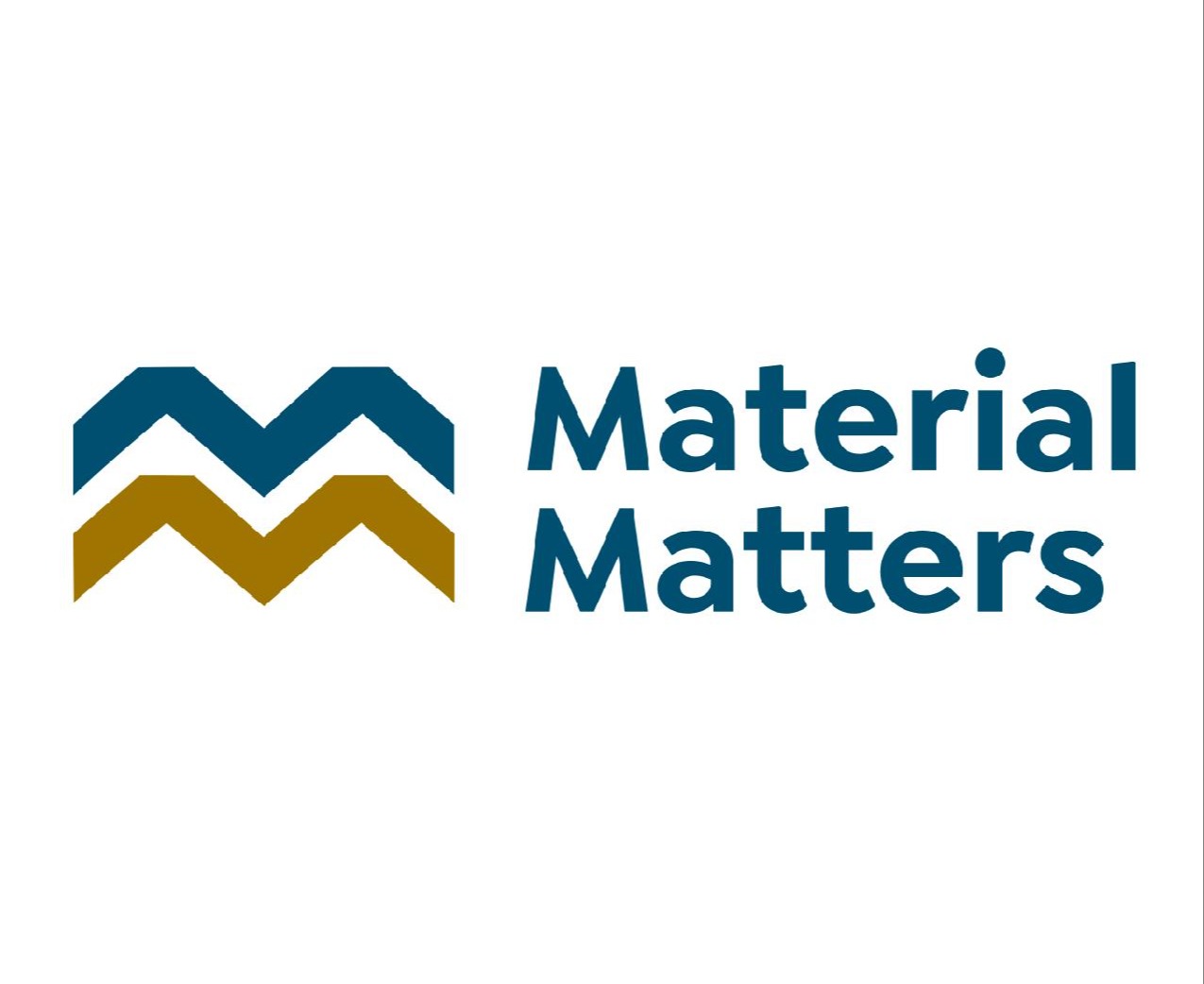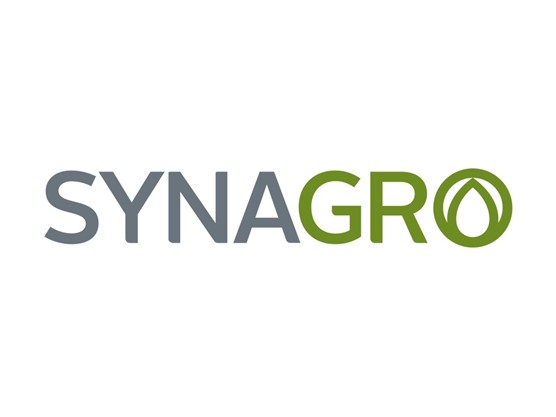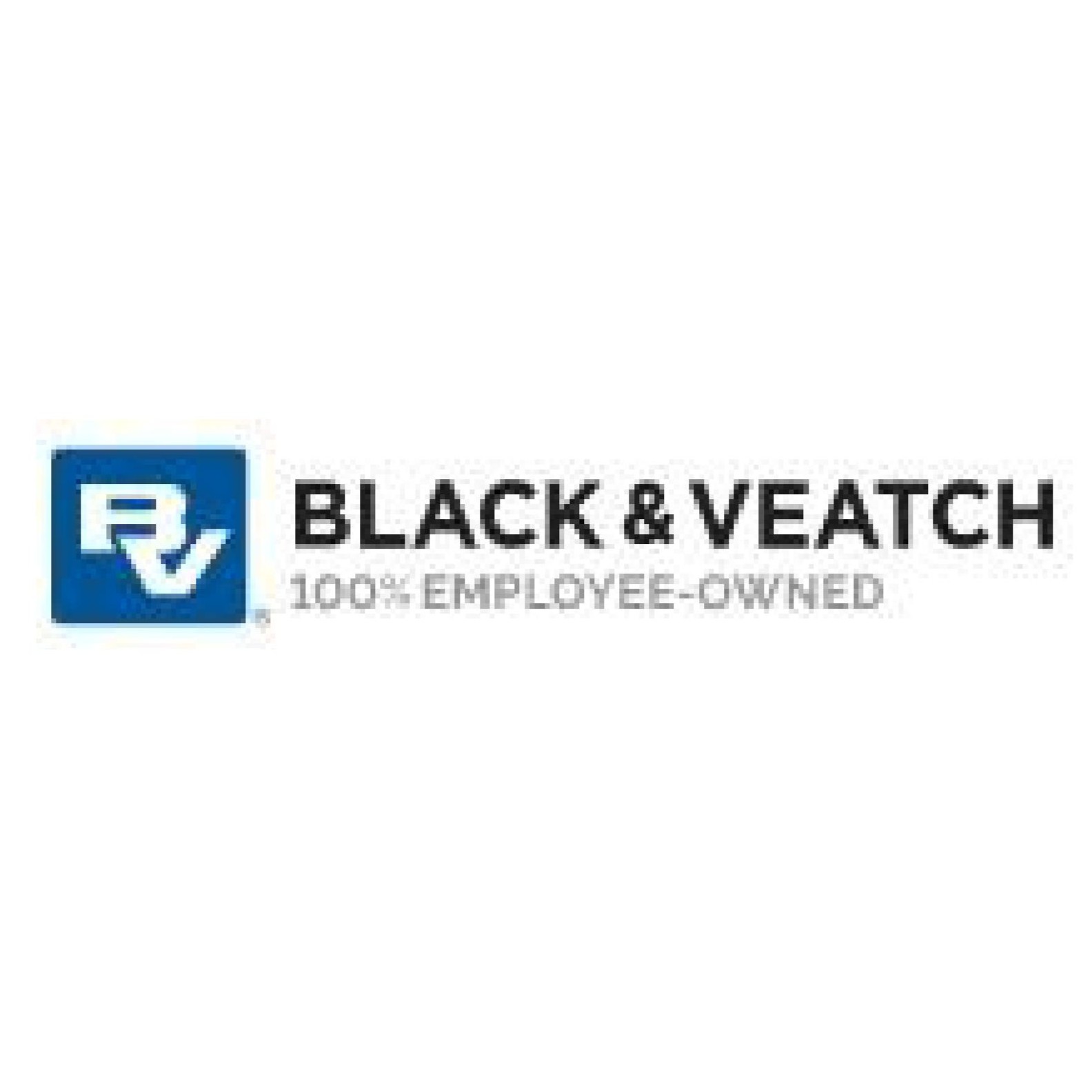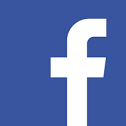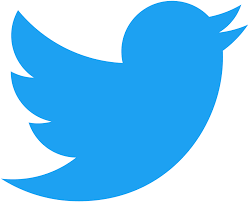|
August 2025 - MABA Biosolids Spotlight
Provided to MABA members by Bill Toffey, Effluential Synergies, LLC
SPOTLIGHT on Land Reclamation
Residuals with a Rhythm in Pottsville
“American Green has settled into a rhythm,” Tim Chronister explains. After all, twenty-three years have passed since the Reading Anthracite company in Pottsville, Pennsylvania, the owner of American Green Corporation, received its first truckloads of biosolids from the city of Philadelphia Water Department for reclamation of its mine lands, among the largest holdings in the Commonwealth. While many “lessons learned” followed from those first deliveries, the regulatory requirements set by the Pennsylvania Department of Environmental Protection, and enforced by the Pottsville Regional Mining Office, have remained mostly the same over the years. As this mining district’s exclusive user of biosolids for reclamation, American Green sees a “rhythm” as a very good thing. The operational rhythm includes, importantly, a one-time surface application rate of 60 dry U.S. tons of biosolids per acre over several tons per acre of lime, incorporated with multiple passes of large harrows. Following incorporation, Chronister says the “prescribed seeding mix,” that mix first developed with the input of the legendary Dr. William Sopper of Penn State, an advocate for biosolids use from the 1970s, has consistently provided a dependable vegetative cover for biosolids application sites. “The very old reclamation sites are still largely open, and that has provided for a good landscape feature for wildlife,” Chronister notes.
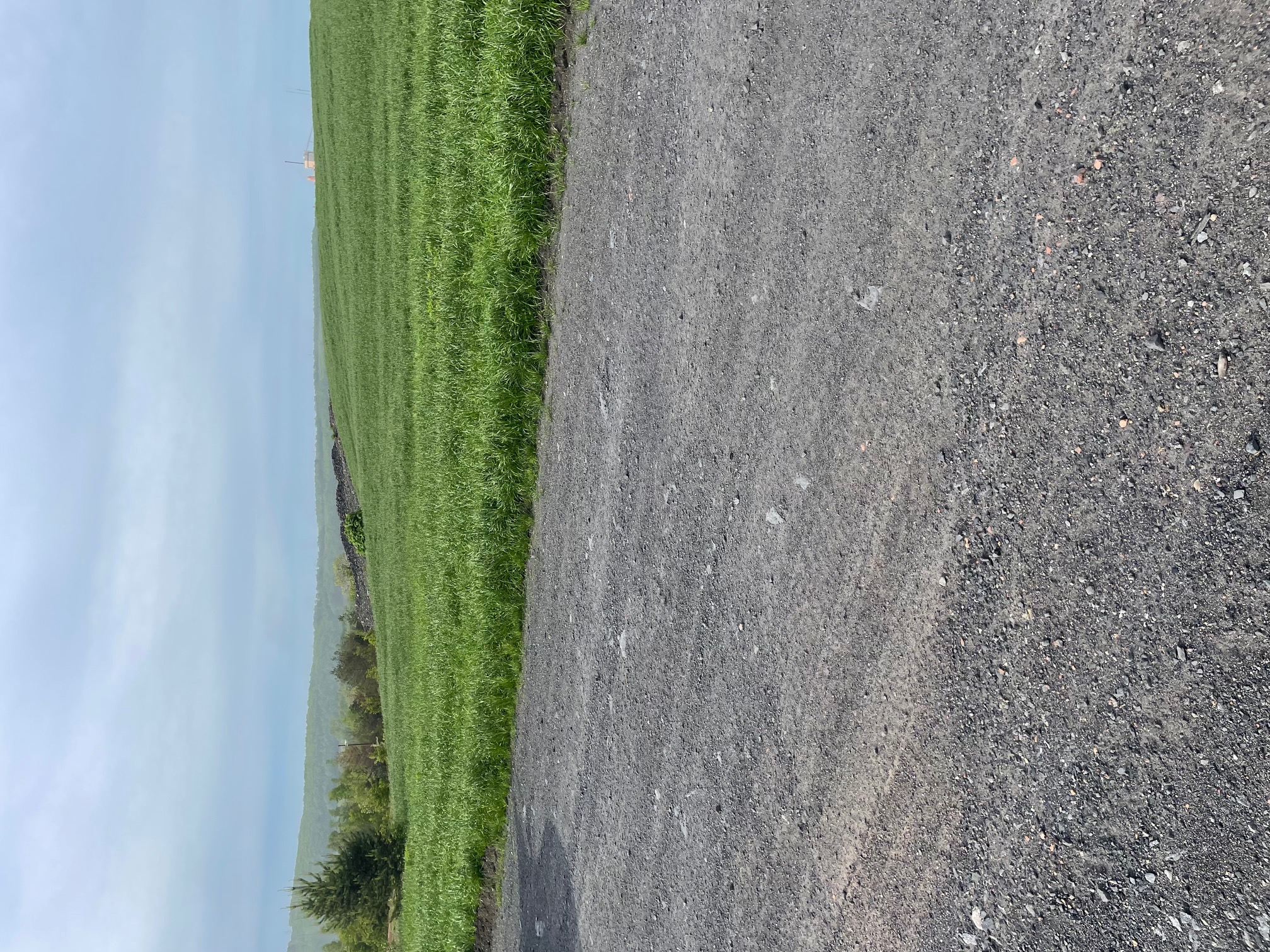
American Green’s Tim Chronister applied and incorporated 60 dry tons of biosolids on the resculpted mine surface of this anthracite mine late last Fall in eastern Pennsylvania, and a rich vegetated cover has become established in just two months after a March sowing.
For most of this generation-long program of reclaiming active mine sites within Reading Anthracite’s some 40,000 acres of landholdings, American Green’s offer to the biosolids community has been as an open door, available very nearly year-round, even during periods of dire weather. “Customers” have included principal biosolids service companies, private wastewater operators, and municipal agencies within an affordable reach, as far away as a day’s truck drive. A recent new offering by American Green includes its own fleet of dump trailer trucks for biosolids hauling services, the company’s response to unpredictability of contractors. Over the past two decades, American Green has tested several “bright ideas,” including several years of deep row trenching with hybrid poplars, blending biosolids with papermill residuals, trial plots of a variety of hardwood tree plantings, plantings of bioenergy crops such as switchgrass, and operation of a livestock ranch. With today’s PFAS issues confronting the industry, thought has been given to raising crops on reclamation lands that would be suitable for conversion to PFAS absorbents. But the backbone of it all for American Green is traditional surface application at reclamation rates, building on its access to specialized heavy duty land moving equipment customarily used in mining.
American Green recognizes that the opportunity to beneficially recycle biosolids to disturbed mine sites will continue to be an attractive option to agricultural uses in an unsettled regulatory arena where the ultimate shape of PFAS and phosphorus restrictions remains uncertain. As Chronister said, a good rhythm is a great answer to today’s risks.
Mobile Class A Biosolids
“Every man needs a hobby,” modestly comments Greg Barchey of Denali Water Solutions. If any single person in Pennsylvania can be credited with keeping the flame alive for biosolids recycling on mine lands, it is Barchey, and he has a long history to prove it. As a college student in 1980, Barchey attended a community meeting of angry citizens opposing Modern Earthline’s hauling of Philadelphia stuff 250 miles west to bituminous coal mining sites in Somerset County, Pennsylvania. Barchey showed up at the company’s local headquarters soon after and was pretty much offered a job on the spot. “I thought it was the coolest thing.” He figures that now, 45 years later, he has overseen over 10,000 acres of reclamation: “It has been a rollercoaster, of ups and downs, straight over and over, but the good that has been done on land that would have never been reclaimed is amazing, and it will last forever.” Along with a dependable field hand Philip Will, Barchey has been the one constant in a story line that involves a string of such companies as Spectraserve, Hydropress, Mobile Dredging, and then his own company Kyler Environmental. As Kyler’s singular biosolids entrepreneur, Barchey developed a mobile lime stabilization rig that could make a Class A lime stabilized product at a mine site location, and for this system he received a special PaDEP permit for its operations. The uniqueness of this operation had WeCare Organics buy out Kyler, provided he would stay on, and so he did, even when WeCare’s operation was folded into Denali Water.
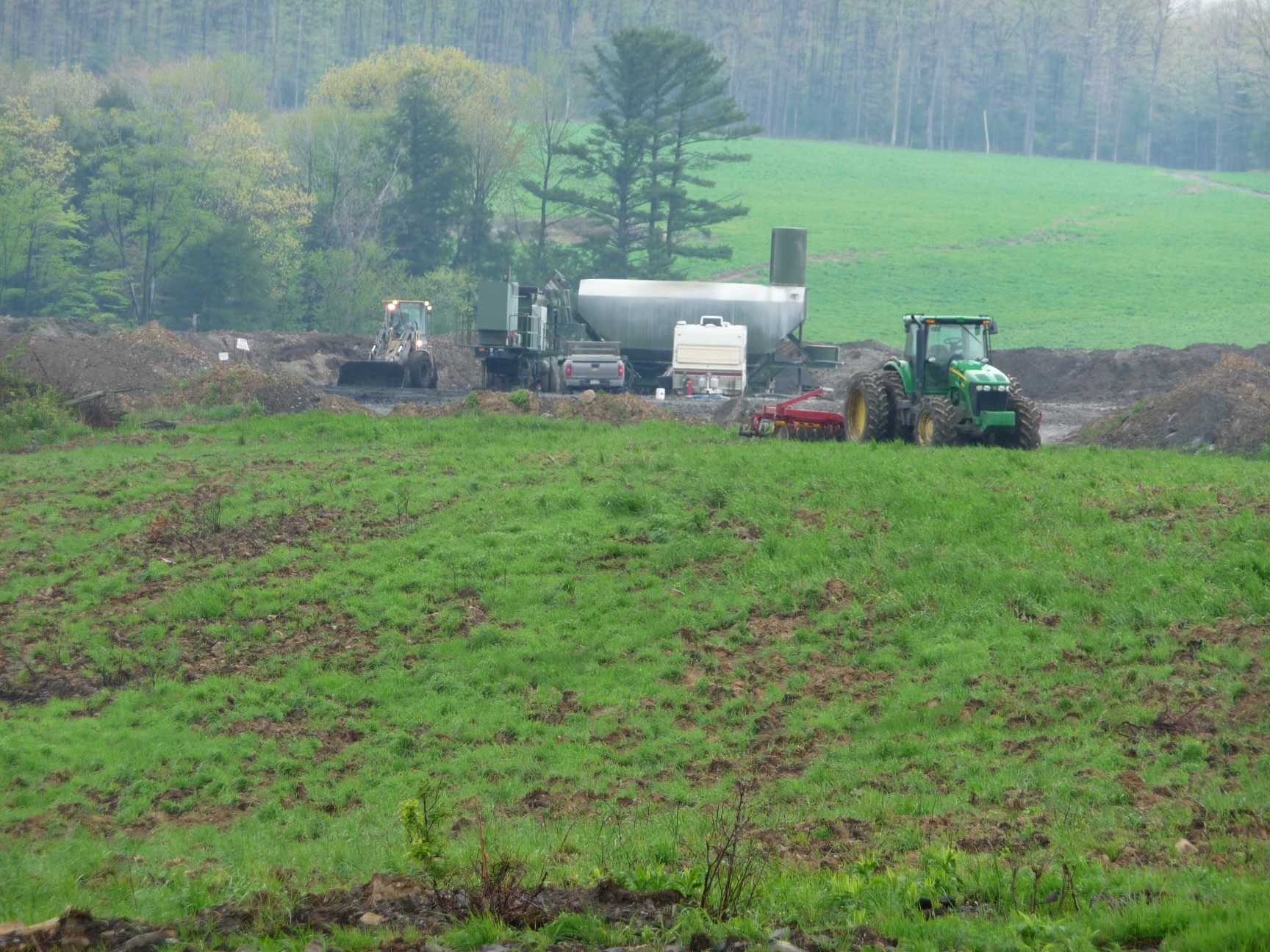
Denali’s Greg Barchey deploys mobile equipment of his design at a recently completed bituminous coal mine in western Pennsylvania, providing a Class A level of stabilization with alkaline materials to produce a low odor and unfailingly successful soil amendment for reclamation.
The “hobby” part is Barchey’s signal that he is satisfied that his Denali “bosses,” specifically including such energetic young blood as Ryan Cherwinksi (see Ryan’s profile in the SPOTLIGHT on Young Professionals in the MABA Region in May 2025). Denali and Cherwinski are content with letting Barchey manage a “hobby” scale operation of approximately 500 acres of annual reclamation that comprises the current demand in this coal region. In addition to the work on active mine sites required for release of bonds benefitting the mining companies, Denali has also returned to sites at which conventional revegetation had failed, using an “agronomic” rate of biosolids, far lower than the full reclamation rate, to the benefit of the state’s Bureau of Abandoned Mine Reclamation overseeing old mine sites. Yet, Barchey and Cherwinski agree that the “politics” have not gotten better from the early days of biosolids reclamation decades ago, although the mobile Class A stabilization system, with no skimping on the rate of alkaline materials used in the process, helps ensure a biosolids product with little of the pungent odor that had given offense in the past.
One attribute that joins Barchey and Cherwinski together is their joy seeing the results on the landscapes. Cherwinski enthuses: “it is a no-brainer, it is so visual; such a perfect fit, when you take a moonscape and turn it into a meadow, with a beneficially used product like biosolids, and with a 100 percent success rate.” His operators have seen a bear with a cub. He has witnessed a herd of elk wintering on the fields. Hunters have been won over by the dependable deer populations that migrate to the reclaimed fields at the edge of the woods. Local wastewater agencies will find Denali’s sites an easy outlet. As for public concerns, Cherwinski does not flinch from the upset residents who show up, remaining respectful of their concerns and urging them to witness the environmental benefits. “I try to show them it is about the soil. We need to rebuild the soil.”
Manufactured Topsoil in Vermont
“I wanted a job after I graduated,” Mary “Lulu” Cook, environmental engineer at Cold River Materials (CRM), casually explains about her “capstone” research as an intern. The research project was applying scientific principles to optimizing a manufactured topsoil (MFT) from a blend of superfine rock dust and organic residuals. The rock dust is drawn from a settling pond used during the production of aggregate materials through rock crushing and washing. Organic residuals are supplied by Resource Management Inc. (RMI), a residuals services company in New Hampshire, in the form of carbon-rich ash from biomass energy production and lime stabilized biosolids.
Cook’s major in environmental science at Franklin Pierce University in New Hampshire had brought her to intern work at CRM. She was introduced to a project begun by sustainability manager Juli Simons at VINCI Construction USA, part of a global construction enterprise, of which CRM is a subsidiary. Simons had formulated a soil blend she devised with RMI’s assistance to help establish a grass cover for dust suppression along internal roadways and work areas. The viability of MFT as a replacement for the customarily prescribed, but scarce, natural loam on construction projects was questioned. Simons needed proof that MFT was preferred to loam as a medium for dust suppression. She also saw potential for the use of MFT for reclamation and green space improvements if she could objectively demonstrate its performance. Cook saw this need for scientific proof as an opportunity to marry her work for CRM to the capstone requirements of Franklin Pierce University’s environmental science program, while showcasing her skills and interest as a potential employee.
Cook applied statistical and agronomic research rigor to her study. She set up four 1,000 square foot plots, to create 4 treatments: MFT/Kentucky bluegrass, MFT/conservation mix, traditional loam/Kentucky bluegrass, and traditional loam/conservation mix. The MFT was a one to five volumetric ratio of organic residuals and rock dust. Soil consultant Andrew Carpenter analyzed the MFT, showing that, though low in organic matter, it was high in pH due to the high lime in both the wood ash and the biosolids, also with ample micronutrients and sulfur. The native loam soil is typically borrowed from riparian zones of farm fields and has a pH of 5.5 to 6, and its use robs the environment of an important soil resource. The application rate of each soil type was 4 to 6 inches. During the growing season, the plots were watered to ensure 1 inch of water weekly. Over the growing season, Cook sampled all subplots for both the percentage of vegetative cover and for fresh weight biomass.
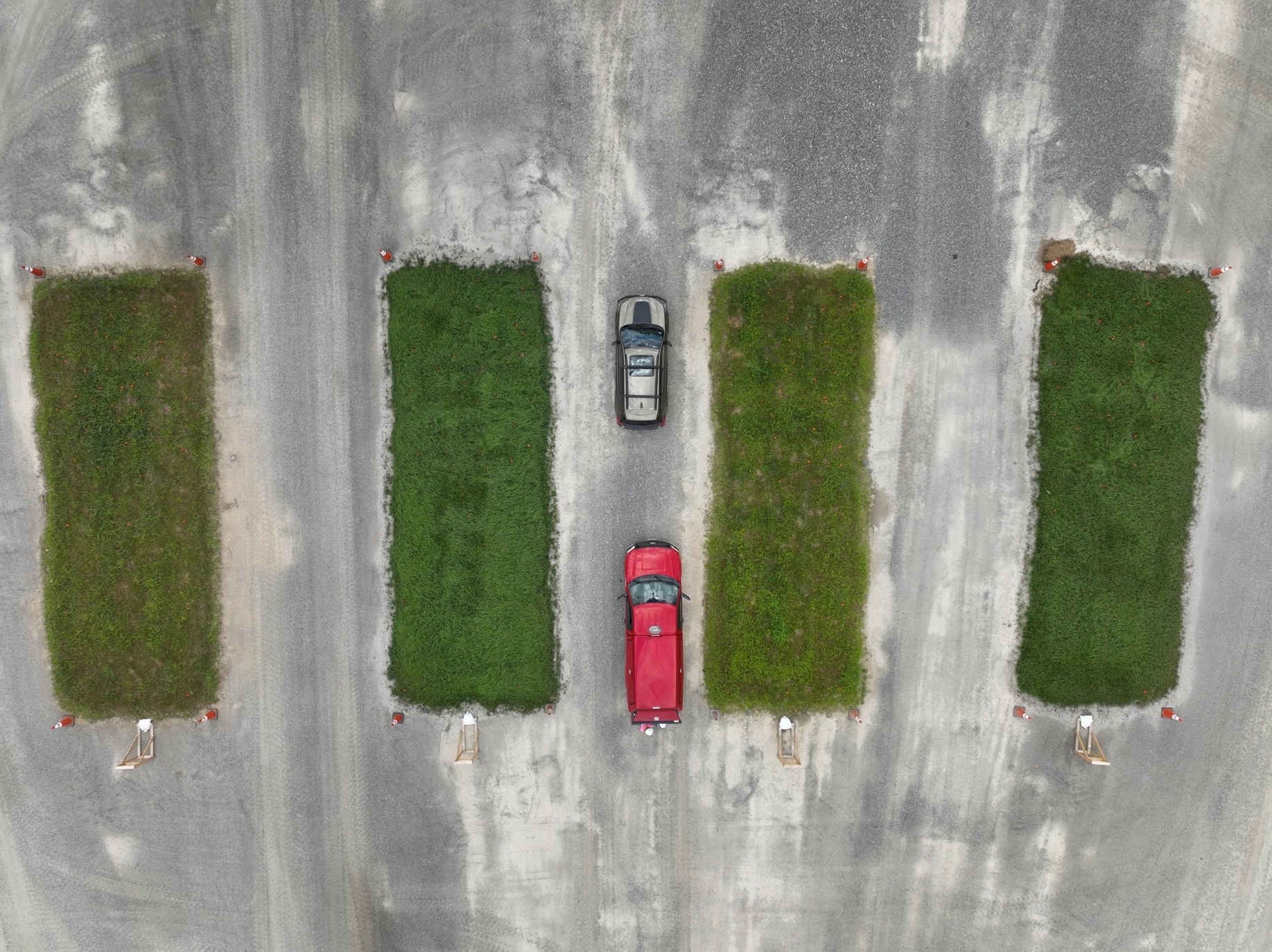
A field research demonstration project, conducted by Lulu Cook while a senior at Franklin Pierce University, showed the effectiveness of a manufactured topsoil (MFT) for dust-suppression and attractive vegetation at the Vermont aggregate company VINCI Construction.
The results were conclusive. The MFT outperformed the loam soil. The strong results are expected to support approval of the material for use on construction projects by state departments of transportation. Cook’s study was submitted by CRM to VINCI Construction’s global environmental competition for demonstration of the circular economy. On VINCI’s Environment Day September 24th, the MFT project was one of nine awards. What is more, Lulu Cook graduated successfully and got her job, naturally.
Bringing Clean Air to Princeton, BC
“I returned to Princeton (British Columbia (BC)) last year, and you can’t even tell this was a mine 30 years ago -- that’s why I enjoy reclamation work,” Curtis Navratil explains. As a senior project manager for SYLVIS, the pre-eminent residuals firm in western Canada, Navratil manages several SYLVIS reclamation projects in the provinces of Saskatchewan and Alberta. But one of the earliest and most memorable projects in his career took place at Copper Mountain near Princeton, BC, 170 miles east of Vancouver.
Navratil started with Metro Vancouver (formerly the Greater Vancouver Regional District (GVRD)) in 1994 just as the Similco Copper Mine, now named the Copper Mountain Mine, was gearing up to undertake reclamation of a settling pond known as the Grandby Tailings, a pond that nestled along the Town of Princeton. At the time, strong winds blowing off the ponds would put down a layer of dust daily throughout the town. Applying biosolids to the site created a vegetative cover that dramatically reduced dust emissions, improving local air quality. The project was so successful that the British Columbia Lung Association presented GRVD with an award for significantly improving air quality and public health by reducing dust. This award remains one of Navratil’s proudest achievements.
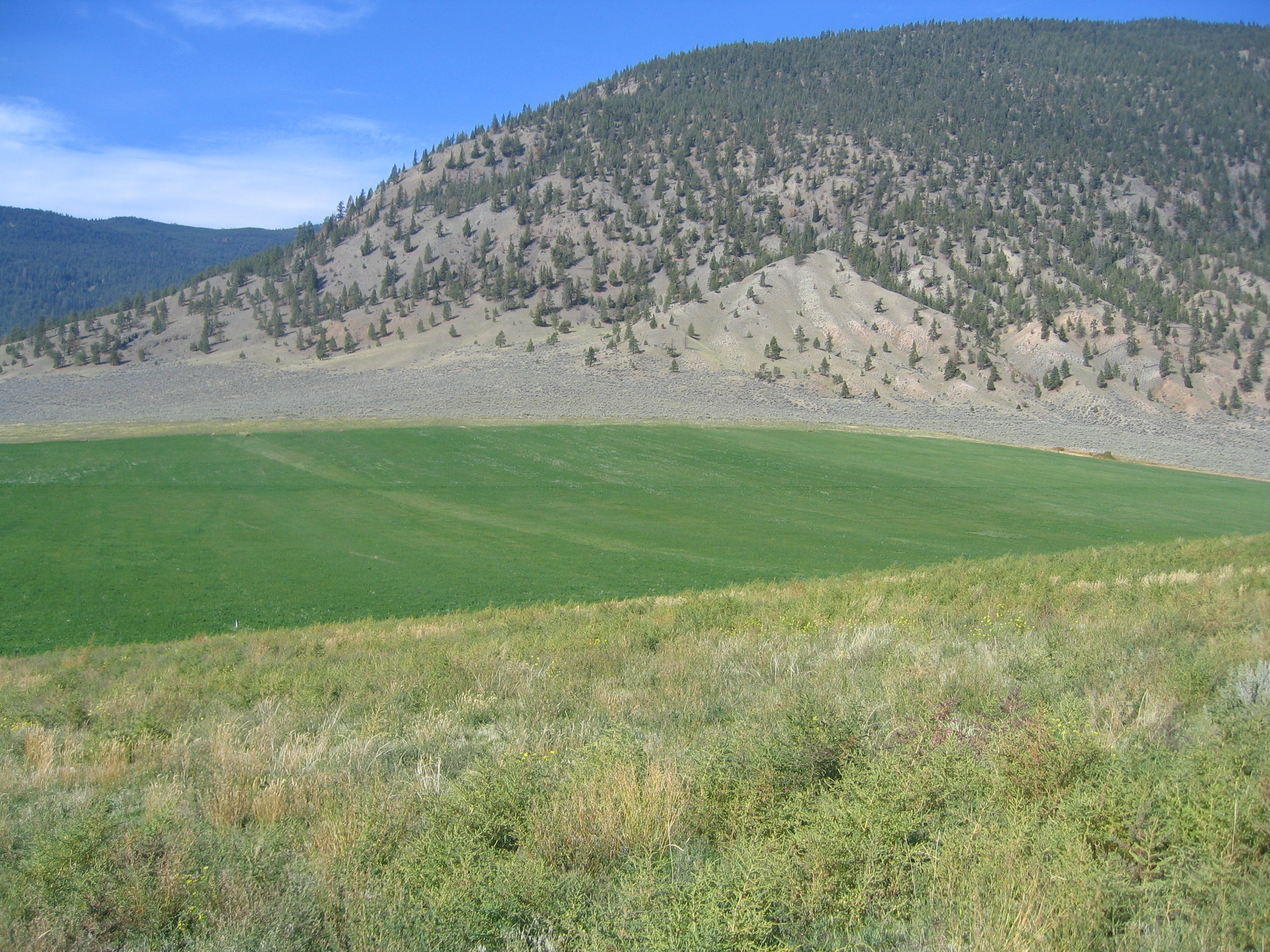
Metal and coal mine sites in western Canada are arid and windblown, making the kind of effective reclamation carried out by Curtis Navratil of SYLVIS Environmental Services with biosolids products necessary to avoid adverse environmental health impacts.
Today, Navratil applies his thirty years of reclamation expertise in using biosolids to several coal mine closures across western Canada. Biosolids from the City of Edmonton, Alberta, are being used to reclaim the 31,000-acre Highvale sub-bituminous coal mine, no longer supplying a coal-fired electric generator. Also in Alberta, the Sheerness Coal Mine, with 17,000 acres under reclamation, faces a topsoil deficiency in meeting reclamation standards across 1,600 acres. Biosolids compost from the City of Medicine Hat, supplemented with manure compost, are being supplied to help meet reclamation standards. The Boundary Dam lignite coal mine in Estevan, Saskatchewan, likewise has a shortage of topsoil, compelling this province’s first biosolids-based reclamation -- 960 acres starting in 2024 with biosolids from the City of Estevan. Over the past two decades, Navratil has also worked on a copper mine in Logan Lake, BC, a gold mine in Hedley, BC, and an aggregate mine in Sechelt, BC, along with several other coal mines.
Work has restarted at the Copper Mountain Mine, now under ownership by Hudbay Minerals, which is planning to double copper production. Elsewhere in western Canada SYLVIS blends biosolids with other residuals including wood waste and rock fines to make amendments to “kickstart” soil development. Most of the mineral mines in western Canada are conventional open pit operations, with truck and shovel activity, not dissimilar to Eastern Pennsylvania’s anthracite mining, but with unique challenges. The region’s arid climate limits water availability and leaves the sites vulnerable to wind-driven erosion of the tailings ponds and rock faces. In many cases, there is often insufficient soil or overburden to meet reclamation requirements – and the material that is available lacks fertility, organic matter, and structure.
For more than 35 years, SYLVIS has researched, recommended and implemented biosolids-based reclamation and restoration to address these challenges. Biosolids are a valuable tool to support soil development and sustain the ecosystem services a healthy soil provides. SYLVIS continues to refine reclamation strategies to establish vegetation and improve site aesthetics, ensuring that reclaimed mines not only meet regulatory standards but also deliver long-term environmental benefits.
For more information, contact Mary Baker at [email protected] or 845-901-7905. |
|
|
July 2025 - MABA Biosolids Spotlight
Provided to MABA members by Bill Toffey, Effluential Synergies, LLC
SPOTLIGHT on PFAS Track Down
“It is complicated.” This was the assessment offered by Linda Lee, Distinguished Professor, Agronomy Environmental & Ecological Engineering, Purdue University. On its face, the concept is simple. A principle inherent in the Clean Water Act is that pollutants interfering with the safe recycling of biosolids need control at their point of discharge to public sewers. From this principle, if PFAS in biosolids are a risk to human health and the environment, PFAS sources need to be identified, and their discharge stopped. Dr. Lee explains, “unlike addressing things like Cd and Pb, where industrial point sources could be treated, we are learning that much of the PFAS load in our influent in most cases is coming from domestic sewage and storm water.” Although industrial pretreatment has worked well in league with Part 503 National Disposal Standards, it is a strategy difficult to apply to the complicated class of 12,000 persistent organic compounds covered by the umbrella term PFAS.
Dr. Lee, the “go-to” PFAS researcher for the biosolids profession, who has devoted a major part of her professional career to assessing persistent organic pollutants, is working to unknot those complications. “With EPA 40 [referring to the Method 1633 used to characterize 40 selected PFAS in biosolids and wastewater] typically less than 25% of the PFAS are captured. The actual influent is not characterized for most of the precursors of the monitored ‘EPA 40’ list, including precursors from domestic sources, landfill leachate and AFFF [aqueous firefighting foam].” How can you “track down” polluting fluorinated chemicals if you don’t know the identity, the sources and the processes that transform unmeasured “precursors” during water reclamation facilities into “monitored” biosolids-borne PFAS? That is why the concept of PFAS track down is complicated.
“It is complicated,” admits Stephen Kuplicki, manager of industrial pretreatment for the Great Lakes Water Authority (GLWA). GLWA is the public owner of a 600+ MGD plant in Detroit, MI, the second largest WRRF in the U.S., and an early collaborator with the Michigan EGLE (the Department of Environment, Great Lakes, and Energy), the state environmental agency leading most other states in a response to PFAS risks. Since 2017, Kuplicki has worked with over 200 significant industrial users to “track down” industrial releases of PFAS. One avenue for simplification was EGLE’s decision to focus on one of the thousands of PFAS compounds, PFOS, as a kind of “indicator” compound that stands out in most scans of biosolids for PFAS. The track down resulted in a selection of about 50 sources with high PFOS concentrations, helpfully concentrated in such industry groups as centralized waste treatment, airports, metal coaters, and fire training facilities. Over the past 8 years, GLWA has worked with those sources to mitigate their mass loadings. Despite this huge effort, Kuplicki has concluded that most measured PFOS is from domestic sources, not regulated point sources. He has observed inexplicable spikes in effluent PFAS loadings, which may or may not be related to storm events, but may be legacy sources on lands and in sewers. He has uncovered sub-watersheds to the wastewater collection system exhibiting infiltration of PFAS-contaminated groundwater. He has seen what he suspects is break through PFAS discharges from treatment devices installed by industries. So, the most advanced WRRF effort in the U.S. to reduce PFAS influent discharges has resulted in a tenuous, complicated connection between industrial discharges of PFAS and subsequent effluent discharges.
“It is complicated,” implies Joshua Balentine, Senior Manager for Client Services with Brown and Caldwell in Memphis, TN, when asked whether his clients are eager to track down PFAS at their facilities. Balentine has worked with several municipal clients in setting up industrial pretreatment programs for PFAS monitoring. “Some agencies want to get ahead of the curve by studying their PFAS sources, but the vast majority are not sampling unless required by regulators to do so.” Balentine quickly adds that in several instances state regulators put agencies in a bind by not accepting any analytical result for PFAS above non-detect for approving biosolids for land application. The risk of future restrictive state standards for PFAS in biosolids has several clients undertaking analyses as part of a master planning effort, but in most states, regulations are not yet a driver. Balentine believes that a forthcoming EPA survey of POTW influent for PFAS will encourage more state regulatory involvement in PFAS. Until then, many agencies will take a “wait-and-see” approach to PFAS monitoring, and Balentine’s encouragement of PFAS track down may be seen as too “bleeding edge.”
“It is complicated,” says Dr. Scott Mansell, Division Manager of the Research and Innovation Program at Clean Water Services (Portland, OR) in characterizing the sources of PFAS to the water and soil environments, both in the Portland region and out in the farming areas. The strong leadership at Clean Water Services, holding to the principle that the reputation of its biosolids recycling program rests on trust and transparency with the PFAS issue, has had that agency complete over 1,400 samples of water, soil, and biosolids to help understand the flow of PFAS around its region. Scott is joined at CWS by a talented team, notably Operations Analyst Dr. Summer Sherman-Bertinetti, Environmental Services Specialist Amanda McGarry and Reuse and Biosolids Manager (and wetlands scientist) Jared Kinnear in the biosolids and residuals program. This team is working to understand urban streams with PFAS concentrations very nearly equal to wastewater effluent, over farms soils in the region with unexpected background PFAS concentrations, and with urban wetland sites proposed for land application of reuse water with unexpectedly high baseline PFAS levels in groundwater. From where does all that PFAS come? How can added risk of biosolids or effluent be judged against the existing ubiquity of PFAS in the urban water and soil environment? The CWS PFAS testing program is working toward instilling confidence among its client farmers and their communities that biosolids and effluent can be recycled for the nutrient and soil building qualities within bounds of acceptable risks drawing on its commitment to research and data transparency and with outreach and education.
“It is complicated,” James Fotouhi, Resource Recovery Program Manager at DC Water, suggests when, having committed to a thorough track down of PFAS discharges, his agency essentially came up empty handed. Even when factoring airports and landfills into the track down, no discharger to the Blue Plains facility has a mass loading of PFAS the control of which would have any meaningful impact on PFAS in the agency’s effluent or biosolids concentrations. “We know some of our residents are concerned about PFAS, so we are exploring a public outreach program that helps our customers understand the potential sources of PFAS in the products they use every day.” While the direct use today of PFOS, the monitored PFAS target compound, for waterproofing and stain resistance has been greatly reduced over two decades, replacement fluorinated ingredients in cosmetics, fabrics and packaging remain in use, and some of these are the precursors that Dr. Lee and many others are investigating. But the development of an effective public outreach program to encourage use of PFAS-Free products is a complicated task.
“It is complicated,” Molly Trembley, Environmental Engineer, Division of Materials Management at NYS Department of Environmental Conservation, says about defending the soundness of her state’s biosolids recycling program considering the political heat that scapegoats biosolids as a principal health risk. Trembley is part of an interdivisional team at NYS DEC that is looking at PFAS from the viewpoint of several residuals and from aquatic and fishery health in addition to public health and soil quality, requiring sound science to define the problem and to analyze the scope of risks. The part of the issue engaging Trembley is a survey of all biosolids generators approved in New York State for land application or composting. The generators are eager for the results, but the activists and the legislators are even more eager for results. Fending off premature legislative actions is complicated when such actions could have irreversible damage to longstanding recycling programs and when research results take time.
“It is complicated, a hundred percent,” asserts Doug Daley about his survey for NYS DEC of some 90 biosolids generators in New York. Daley is Associate Professor & Director of Analytical & Technical Services at SUNY Environmental Sciences and Forestry, contracted by NYS DEC to survey and characterize PFAS in the biosolids of public WRRFs. He has encountered nothing but positive cooperation among treatment facilities, but, that said, all sampling must adhere to impeccable standards to avoid contamination, and analytical costs are expensive, upwards of $400 each. Analytical results for all facilities will be complete in September, and then the data crunch will take place, to characterize results according to plant size, geography, industrial contributors, and socioeconomic characteristics. Graduate students working with Daley have been tracking current research elsewhere on the ubiquitous sources of fluorinated compounds contributing to PFAS in sewage, including PFAS carried in the 25 kg/capita of toilet paper annually flushed to WRRFs. The research team is also seeking to frame biosolids as a PFAS source against typical concentrations in other composts and fertilizer products and in soils that have only been impacted by atmospheric deposition.
“It is complicated,” Malcolm Taylor, PhD PE, Principal Engineer, Engineering & Environmental Services at WSSC Water, says of his agency’s proposal to research the fate of biosolids-borne PFAS in farm soils, crops, groundwater and surface runoff. WSSC Water has a major investment in production of a high quality biosolids product with thermal hydrolysis followed by mesophilic digestion, and public and regulatory support for its “Class A EQ Biosolids,” a product similar to DC Water’s Bloom, is critical. WSSC Water and Virginia Tech worked to craft the research protocol, responding to the interest of Virginia Department of Environmental Quality (VDEQ) to see scientifically-based data results in support of its regulatory programs. The research site is a large farm in Shenandoah Valley not previously used for biosolids, and it has been permitted by VDEQ for biosolids use and research. A multi-disciplinary team, assembled by Dr, Taylor, includes pragmatic scientists at Virginia Tech, Michigan State University and University of DC, with the field operations expertise of Synagro. Brown and Caldwell will work with this team to ensure results are assembled into an array of reports and presentations for regulators, elected officials and the community. The environmental fate of PFAS at land application sites is an emerging area of inquiry, and WSSC Water and its team may very well face unexpected complications in its ambitious research, as the study of PFAS pathways in farm soils, crops and water is complicated.
“It is complicated,” explains Larry Hentz, Senior Vice President, HDR Engineering, Inc., “and it can be very expensive,” in describing installation of PFAS removal equipment to mitigate a major PFAS source in just one small community. The State of Maryland is putting up $20 million to treat a groundwater source of PFAS impacting community drinking water in Hampstead, Maryland, a town of 6,400 residents in rural Carroll County. The priority for environmental infrastructure must be treating drinking water supplies, as public water supplies can be a key pathway of human exposure to PFAS. Hentz intends to track this project, as well, for its potential to benefit PFAS mass loadings to the Hampstead wastewater treatment facility. When elevated, PFAS in drinking water may prove to be a significant source of PFAS discharged to public sewers, and its mitigation in drinking water may benefit biosolids; or maybe it will not. Again, understanding influent sources of PFAS and the point of control for mitigating those sources is complicated.
“It is complicated,” John Uzupis, Technical Services Director at Synagro out of Baltimore, MD, in discussing the factors set up against the recycling of PFAS-bearing biosolids. Uzupis has been a witness to citizens who believe government and businesses cannot be trusted to act with integrity; he has seen legal actions taken as a first step rather than as a step of last resort; he sees news media more interested in easy explanations and finding evildoers than in truth and facts; he listens to politicians responding to uninformed citizen pressure rather than to professional expertise; and, he is witnessing regulators backing away from long standing policies and regulations that have supported biosolids recycling. Finding a solution to dousing the flames of unreasonable fear stoked around PFAS in biosolids is difficult when so many of past supporters of biosolids recycling seem to be stepping away, despite growing evidence that PFAS in biosolids is at most a minor issue. But federal and state funding for sound science and regulation development seems to be disappearing in today’s world, as Uzupis sees it, and that makes the challenge of operating biosolids recycling programs very complicated.
Track down of PFAS sources in wastewater for the purpose of mitigating concentrations of PFAS in biosolids? Well, it is complicated. Very complicated.
For more information, contact Mary Baker at [email protected] or 845-901-7905. |
|

